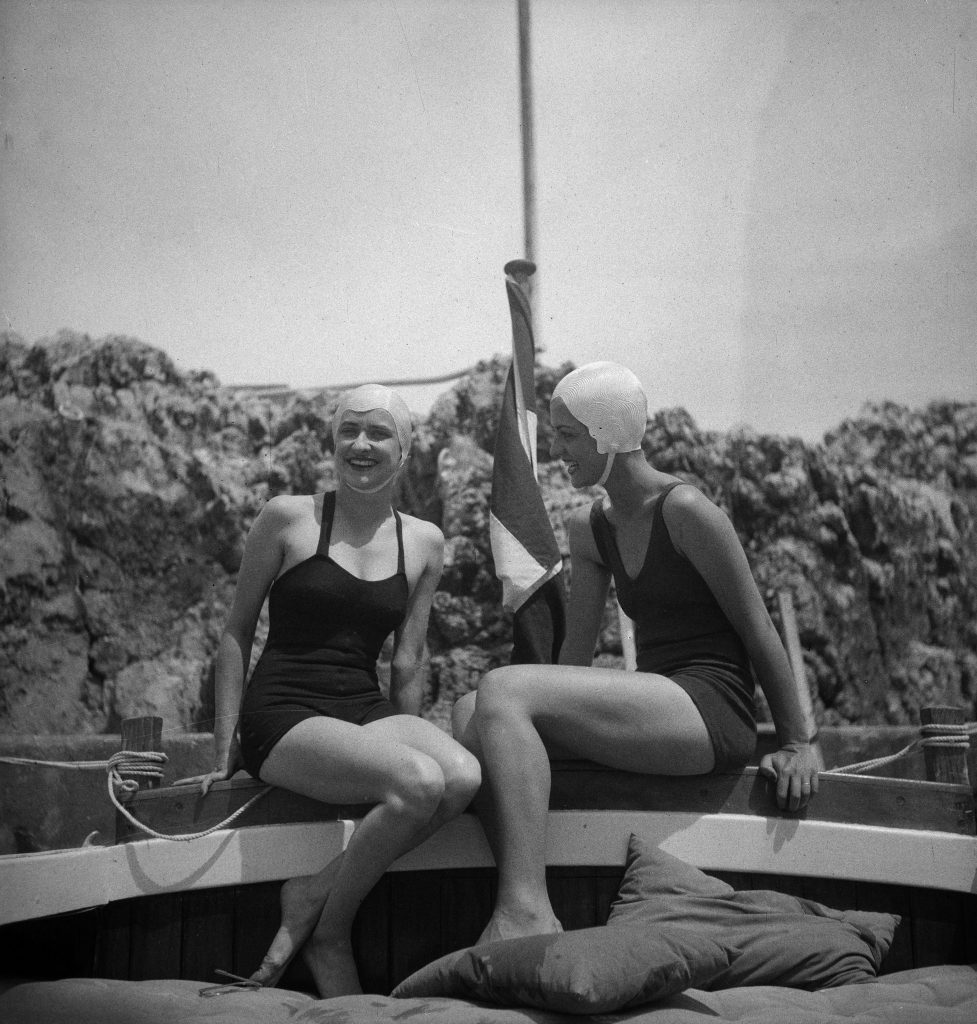
NOV 03rd TO 07th, 2025
PARIS, FRANCE
A photograph of the region
![]()
![]()
![]()
![]()
![]()
![]()
![]()
![]()
![]()
![]()
![]()
![]()
![]()
![]()
![]()
![]()
![]()
![]()
![]()
![]()
![]()
![]()
![]()
![]()
![]()
![]()
![]()
![]()
![]()
![]()
![]()
![]()
![]()
![]()
![]()
![]()
![]()
![]()
![]()
![]()
![]()
![]()
![]()
![]()
![]()
![]()
![]()
![]()
![]()
![]()
![]()
![]()
![]()
![]()
![]()
![]()
![]()
![]()
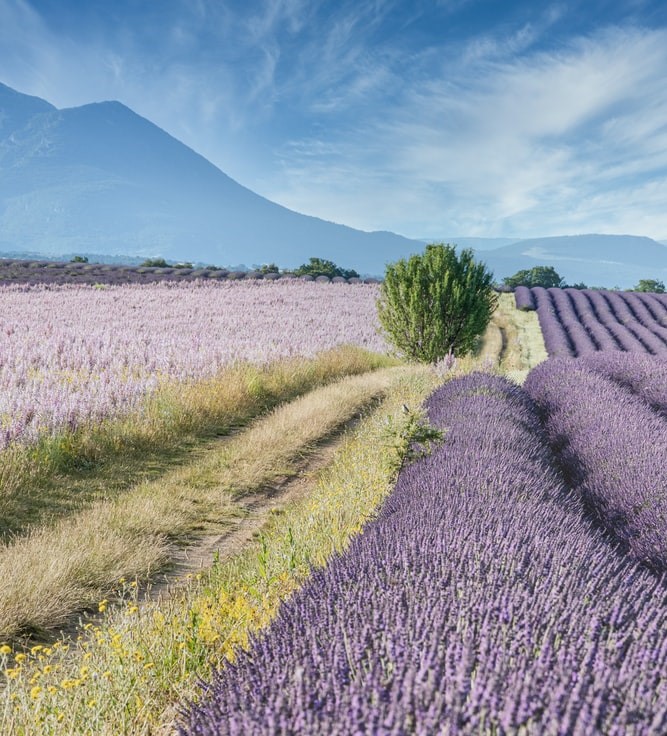
France DMCs share with DUCO tips on gastronomy, landscapes, and secret treasures
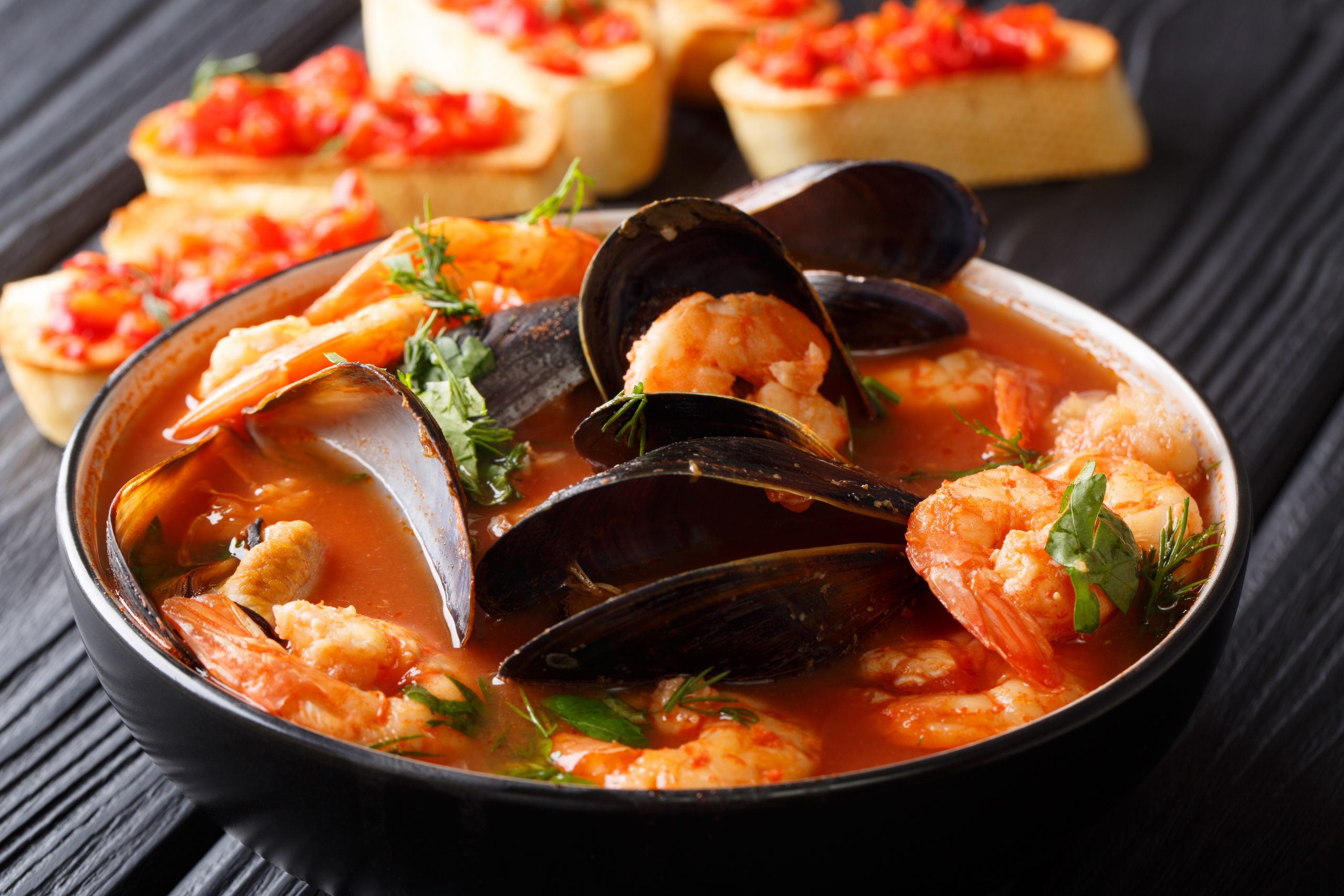
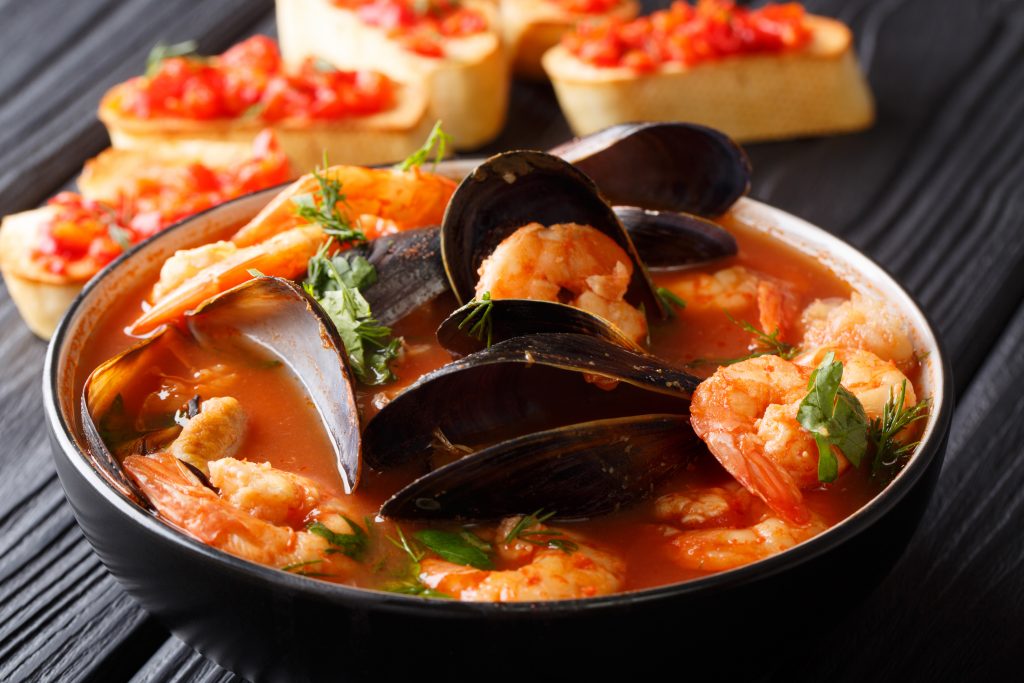
Philip Haslett of luxury DMC Kairos Travel takes us down to the fishermen’s wharf for a sampling of bouillabaisse, a simple stew as iconic to the region as the coastline itself.
Can you tell us about a particular dish from this region?
For the Southeast of France, I have to stick to a very classic dish that conjures up images of Marseille, the Mediterranean, the sound of cicadas, and the wonderful musical accent of the locals often referred to as the accent du soleil or the accent of sunshine. The dish is bouillabaisse: a simple fisherman’s stew initially made from the unsold fish at the market. Originally this dish was not to be found on the finest tables, but over time things have changed. Each family in Marseille has its own recipe that varies depending on the fish available that day. Usually featured are gurnard, conger, and rascasse. I also take particular delight in the wonderfully simple name of the dish: bouille, to boil, and baisse, to turn down. When the fish broth boils, turn it down! Of course, the secret is in the broth itself!
In your opinion, where can the best bouillabaisse be found?
There are many excellent restaurants where you can enjoy a traditional bouillabaisse across the region, but perhaps a special mention for originality should go to Lionel Levy, Michelin starred chef at the Intercontinental Hotel in Marseille. If you want to discover the taste of this iconic specialty with a twist, then try his signature dish, “Milkshake de bouille-abaisse,” which, rest assured, does not resemble a milkshake but is just as delicious. Take it from me!
How can guests best enjoy this dish?
In the best of all worlds, a bouillabaisse has to be enjoyed with the Mediterranean Sea within view! Ideally, with a pastis as an aperitif and followed by a white wine from the vineyards of Cassis, although many others work as well. And lastly, in this perfect daydream, since the garlicky rouille sauce is an essential component of this dish and has a habit of staying very present for some time after you’ve finished your meal, a hammock or sunbed for a siesta afterward is a must. Under the shade of the Mediterranean pin parasol pine trees, you’ll be lulled by cicadas singing and tummy rumbling contentedly.
For more information about Kairos Travel, click here.
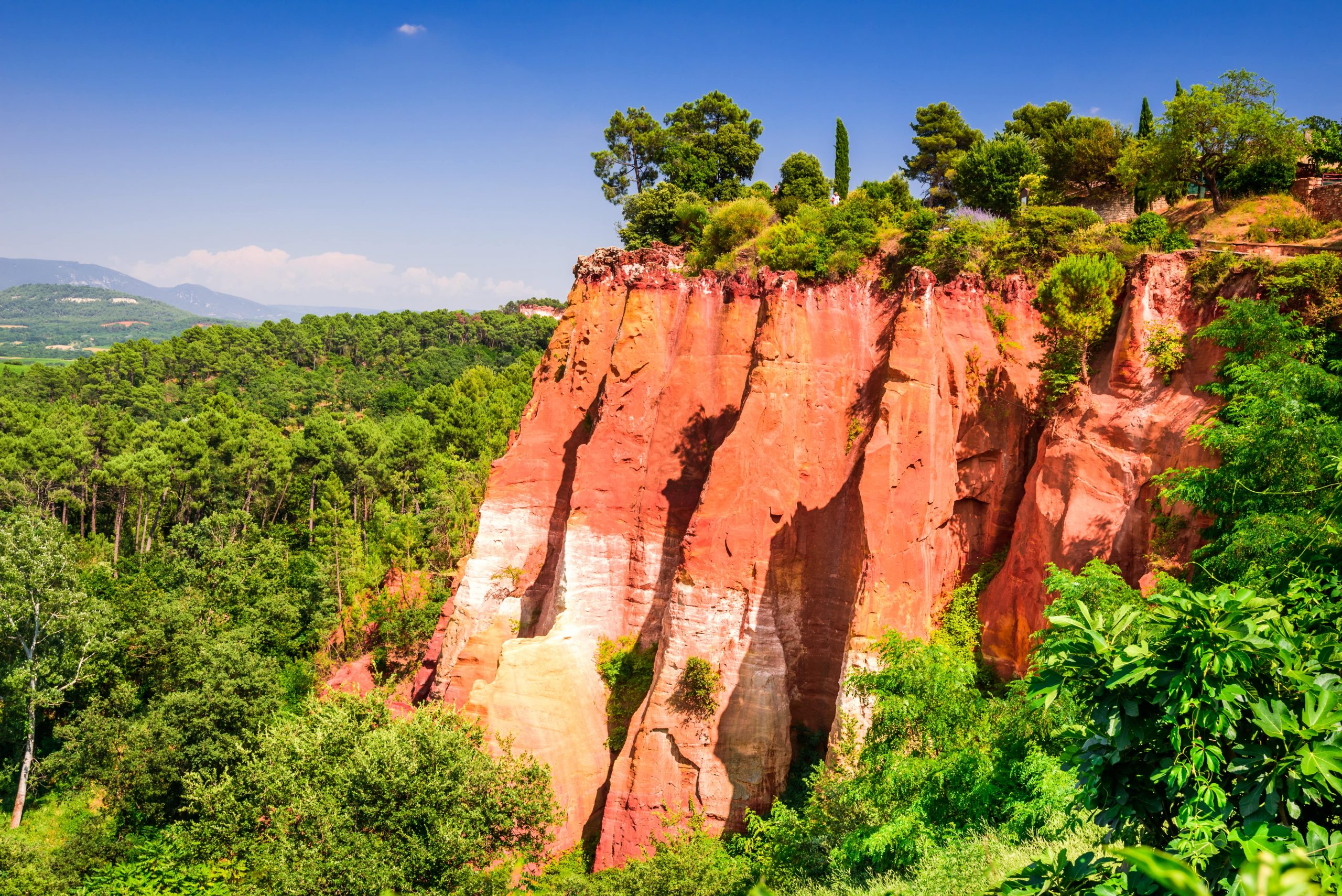
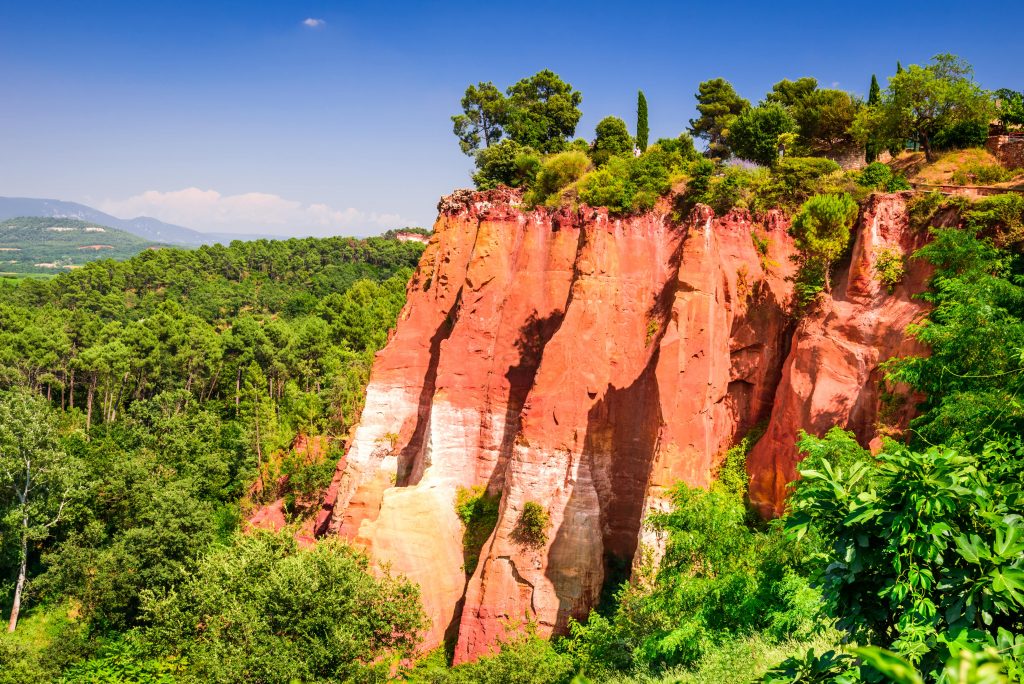
Emmanuel Cornubet of luxury DMC The 1492 Company takes us to the Ochre quarry in Luberon Nature Park, also known as “The French Colorado.”
What makes this region so unique?
Provence is already one of the most beautiful areas in France with diverse nature and many untouched and protected natural areas, so the Luberon Nature Park is like a gem within a gem. Though not as famous as the French Riviera or Bordeaux, the park offers many breathtaking sights: from historical villages perched high on hilltops to centuries-old abbeys surrounded by lavender fields. But the natural Ochre Quarry in the village of Roussillon adds a unique hue to this colorful and pleasant landscape. The path through the quarry departs from the center of the village, and after just a few steps, you feel transported into another dimension tinged with orange.
When is the best time to visit?
The quarry is perfect to visit on a breezy spring or summer day, although with too much wind, you might get covered in ochre dust. Even on very hot days, most of the walk through the natural quarry is shaded by the nearby forest.
Do you have any particular or special related memories?
I remember the first time I took both my son, who was three years old at the time, and my dog. They spent 30 minutes playing with the red tracks they were leaving on the ground with their footsteps, getting their feet/paws covered in ochre dust. It was equally funny and adorable.
What role does nature play in the culture and economy of the region?
Although the Luberon Nature Park offers a lot of history and culture, it all comes back to the natural beauty and unique landscape. Even those timeless chateaux and bastides dating back centuries were built there so that their wealthy owners could just enjoy the views of unspoiled nature under the glorious sun of Provence.
For more information about The 1492 Company, click here.
